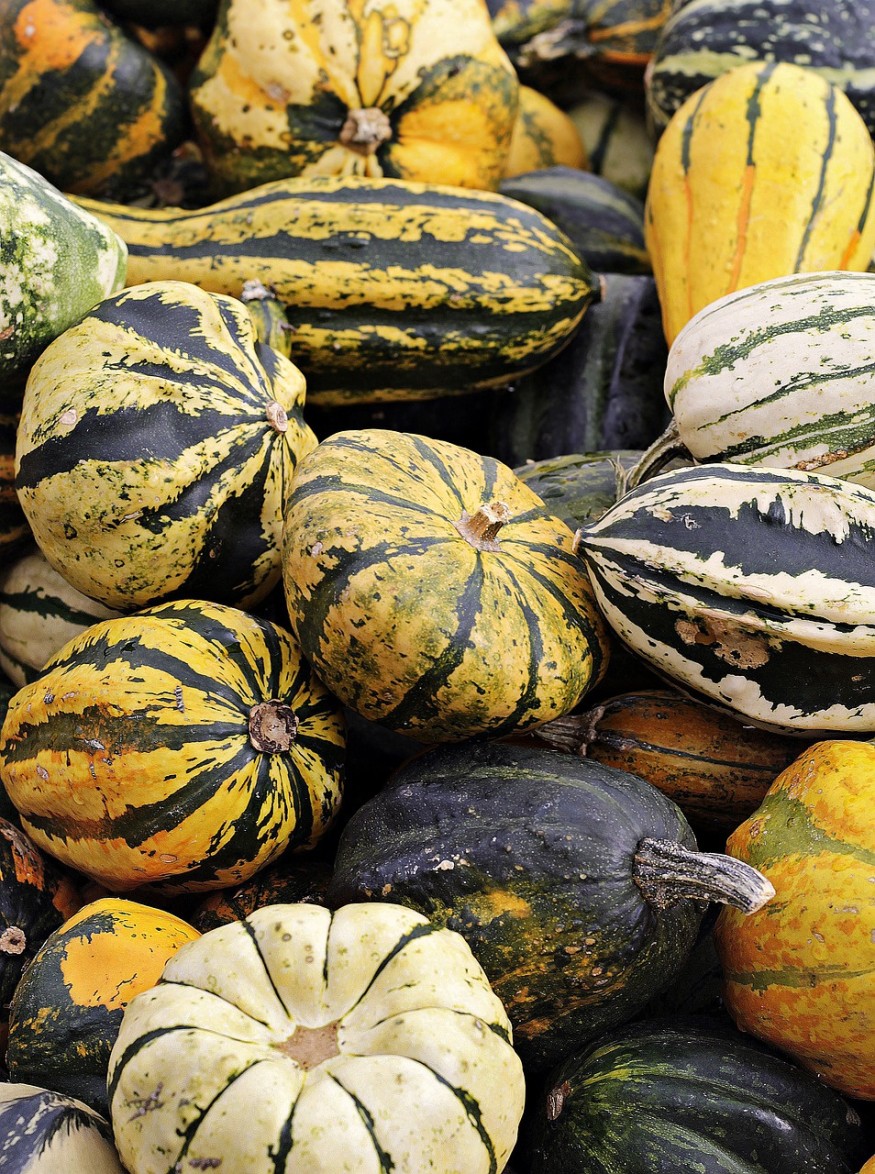Will pumpkins survive the harsh September heat wave in time for Halloween? This year, a farmer described how months of labor had gone into salvaging the treasured pumpkins after last year's devastating crop loss, with a bit of assistance from wise counsel from another seasoned farmer.

Although Halloween is still more than a month away, farmers in California have been working diligently for months to preserve one of the holiday's most beloved staples: a perfect pumpkin for carving a jack-o-lantern.
Extreme Temperature
According to Crate and Basket, unseasonably high temperatures that have covered most of the West throughout the summer and into September have made it challenging to cultivate warm-season crops, which can survive in temperatures as high as 90 degrees Fahrenheit.
Pumpkins are susceptible to sunburn and can become mushy if they are not adequately cared for. They are also sensitive to extreme heat.
In San Jose, where it recently reached over 110 degrees, producers have been putting up an effort to make sure that this Halloween's pumpkin crop is successful.
Also Read : US West Starts to Cool Down
Taking Extra Precautions
Farmers have taken extra precautions to ensure the pumpkins are adequately protected from heat after a good number of them were lost owing to a lack of protection last year.
According to B&T Farms Partner Gary Tognetta, "pumpkins are different because they hang out in the sun. It simply melts it. Burns one side, and then after a few weeks, it will just degenerate."
San Jose has been experiencing oppressive heat thus far; eight of the first 10 days of September had high temperatures above average, and San Jose even reached 100 degrees three times last week.
Farmers have resorted to basic principles of plant health to safeguard the delicate pumpkins from extreme temperatures, including amending soil to build up nutrients and allowing the plant leaves to act as a natural canopy and protection, comfortably shading the crop from the scorching heat. This has helped farmers avoid losses for another year.
Tognetta recalled: "An elderly farmer once remarked to me, 'You've gotta construct the home before you put the people in it. To give the plants the best chance of surviving, "that's done early in the developing stage," and lots of fertilizer and water are used.
This year, some leaves are still drying in the fields despite these efforts, but Tognetta emphasized that the canopy should still provide better protection.
At Spina Farms, we have a tremendous covering of our plants, and the pumpkins look wonderful, but without the plant coverage that we had this year, you may lose quite a few of them, said Tognetta.
Hoping for the Best
For the next week, San Jose's temperatures are expected to be more typical of the season.
Farmers are hoping for a good harvest that will be ready to pick and carve just in time for the start of the spooky season, thanks to their efforts and a little assistance from Mother Nature.
For more environmental news, don't forget to follow Nature World News!
© 2025 NatureWorldNews.com All rights reserved. Do not reproduce without permission.

